
ISLAMABAD:
As the government presses hard its proposal to levy 5% sales tax on the textile sector to raise an additional Rs40 billion, industrialists, particularly Sindh-based owners of processing units, have in return demanded reduction in the gas infrastructure development cess (GIDC).
The Sindh-based industrialists sought reduction in GIDC rates to remain competitive over Punjab industries, indicating clear divisions within the powerful textile lobby.
Punjab export-oriented industrialists are worried about the increase in their cost due to possible blocking of tax refunds, if the government slaps 5% sales tax.
Finance Minister Ishaq Dar on Saturday chaired a marathon meeting with representatives of the textile industry to convince the industrialists to drop their opposition to the proposed hike in general sales tax (GST) rates.
In the new budget for 2015-16, the federal government wants to increase the GST on textile chain from 2% to 5% at yarn stage. It also wants to levy 5% tax on cotton sales, said officials of the Federal Board of Revenue (FBR).
The government is also considering slapping 5% sales tax on the electricity and gas consumed by textile, surgical, carpet, sports and leather sectors.
However, the textile industry is opposing the proposed measures, fearing it will block a minimum of Rs255 billion in tax refunds and the FBR is in the habit of showing refunds as its revenues. This will also create cash flow problems for them.
Despite blocking over Rs220 billion worth of tax refunds so far, the FBR could pool only Rs2.190 trillion in taxes by the end of May – the second last month of the fiscal year. It should collect Rs415 billion in June to hit the target of Rs2.605 trillion, which has been revised downward four times and still seems difficult to achieve, the sources added. The original tax target was Rs2.810 trillion.
The sources said the textile industry is now clearly divided on provincial lines as Sindh-based manufacturers want a reduction in GIDC in return for their support for the 5% GST. Due to the levy of GIDC, the manufacturing units of Sindh have become uncompetitive compared to Punjab industries.
Sindh is getting almost 100% gas while Punjab industries are receiving gas that meets only 25% of their needs, thus, GIDC has not hit them hard. The Punjab industries have already started shifting to alternative fuels. In Faisalabad alone, many industries have switched on coal-fired captive power plants.
Zubair Motiwala of the Council of Pakistan Textile Association demanded that the government reduce GIDC by Rs100 per mmbtu on processing mills, the officials added.
He also demanded a reduction of Rs100 per mmbtu for gas-fired captive power plants. Motiwala was not available for comments.
The government had imposed Rs100 per mmbtu GIDC on processing industries, which will increase their gas tariff to Rs570. Similarly, Rs200 per mmbtu GIDC was imposed on power plants, taking the overall tariff to Rs770.
Due to the increase in GIDC rate, the cost of input would increase by 3.5%, said Pakistan Apparel Forum Representative Jawed Bilwani.
Finance minister conveyed to the textile representatives that GIDC rates and increase in sales tax rates on the textile industry were two separate issues, with their own rationales. No final decision has been taken on the industrialists’ demands, he said.
“The textile sector would be facilitated in the next budget as much as possible but the fact remains that all sectors have an obligation to pay taxes to strengthen the economy,” a press release of the Finance Ministry quoting the finance minister said.
Agreeing with the minister, Pakistan Textile Exporters Manufacturers Association Chairman Sohail Pasha said that GIDC rates and increase in sales tax are two separate issues. The exporters are of the view that exports should be zero-rated and they were not ready to deal with the FBR. They did not have objection over increasing GST on domestic sales of textile products.
The exporters fear that 5% adjustable tax on textile exports would increase the FBR’s arbitrage along with becoming a source of flying invoices – fake papers of sale and purchase. The industry claims that 80% of the textile production is exported – a ratio that the FBR insists is only half of the total production.
Published in The Express Tribune, May 31st, 2015.
Like Business on Facebook, follow @TribuneBiz on Twitter to stay informed and join in the conversation.

























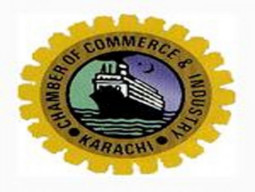
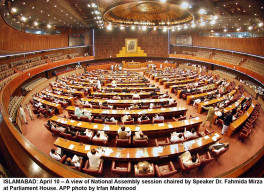

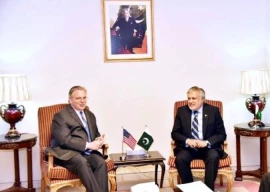

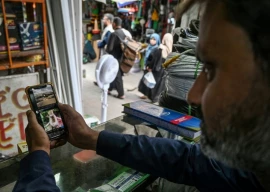
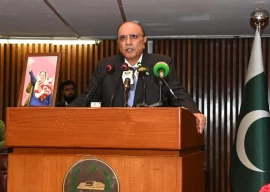






















COMMENTS
Comments are moderated and generally will be posted if they are on-topic and not abusive.
For more information, please see our Comments FAQ